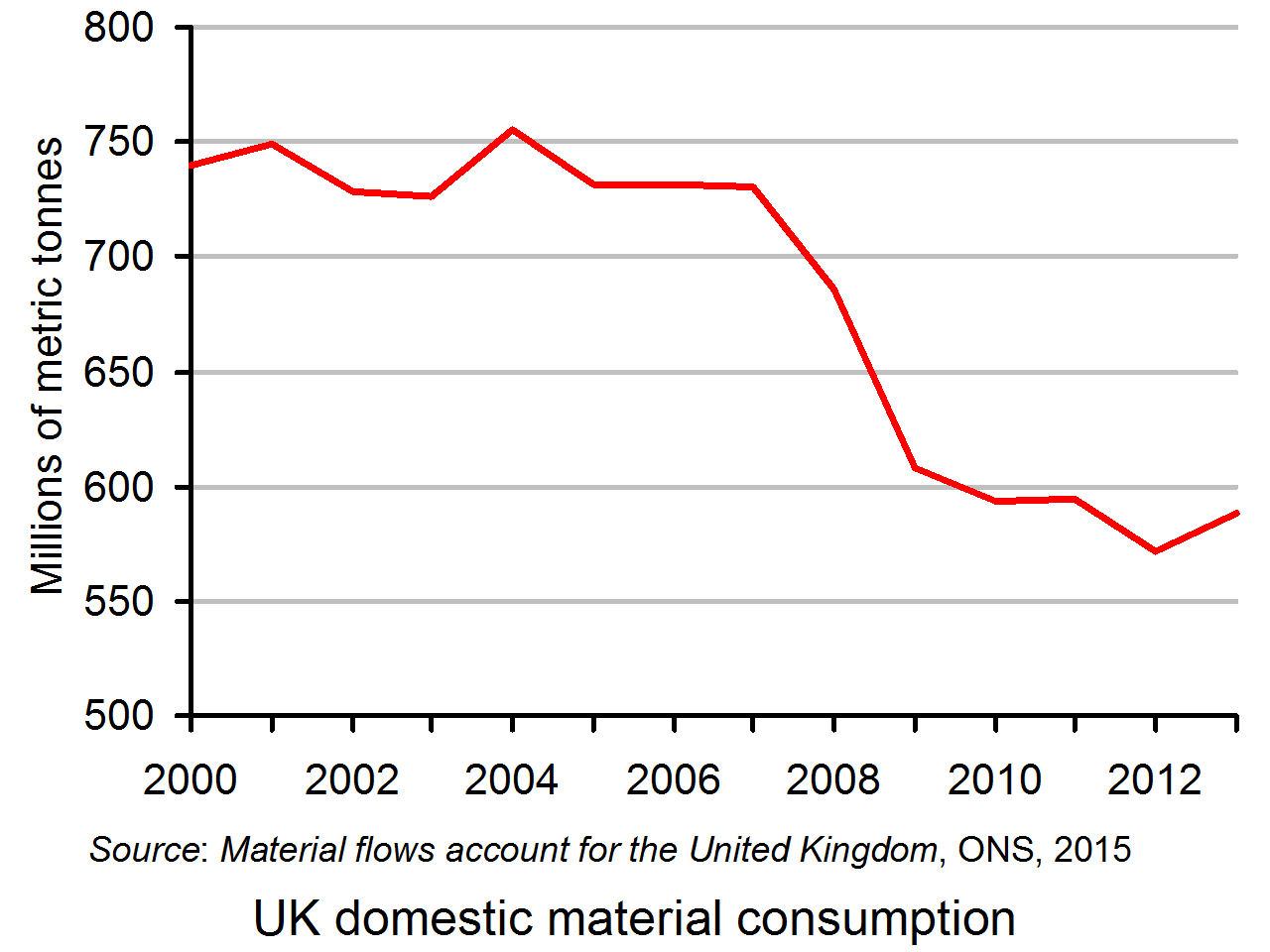 Guest post by Hazel Garcia from InvestmentZen
Guest post by Hazel Garcia from InvestmentZen
 An oft-repeated quote is that money can’t buy happiness. But according to multiple studies, yes, it can. The key is what you spend that hard earned cash on. When researchers asked individuals to reflect on their recent purchases, those who had made experiential purchases i.e. trips, lessons, events, etc. were much happier compared to those who had made material purchases.
An oft-repeated quote is that money can’t buy happiness. But according to multiple studies, yes, it can. The key is what you spend that hard earned cash on. When researchers asked individuals to reflect on their recent purchases, those who had made experiential purchases i.e. trips, lessons, events, etc. were much happier compared to those who had made material purchases.
Why is this the case? According to a 20 year study at Cornell, our excitement from new purchases fades quickly over time. That new watch you bought quickly becomes a part of your everyday life. This is what psychologists call the “hedonic treadmill,” which describes the way we return to our normal state of happiness after a momentous occasion. However, buying a new chair will return you much quicker to that state than an adventure across the Rocky Mountains.
Researchers identified several key reasons why this is the case. One reason is that an object is just an object and can never become a part of your identity (at least, not a healthy one),  whereas experiences shape us over time. In addition, because by definition unique experiences are only short-lived, we don’t adapt to them the way we might with a new phone or watch. They do not become part of the routine and as such are usually viewed in a special light.
whereas experiences shape us over time. In addition, because by definition unique experiences are only short-lived, we don’t adapt to them the way we might with a new phone or watch. They do not become part of the routine and as such are usually viewed in a special light.
Interestingly, researchers found that even a negative experience could be rated more highly than purchasing a luxury good. In the study, participants were asked to describe a bad experience they had recently and a few weeks later, they were asked again about it. Over the course of just a few weeks, most people’s opinion of that moment had changed.
This is because the human brain has a tendency to reduce the impact of stressful situations. In fact, a significant portion of those polled even stated that in the end, they were happy to have had the negative encounter as it gave them a fresh way to look at things. When similar questions were asked to those who had purchased a high-end item, their levels of happiness were consistently lower as time went on.
So when it comes to the age old question of “Does money buy happiness?” the answer is a resounding yes – provided you spend it on the right things. But of course, you should still aim to make every dollar go as far as possible in pursuit of great experiences. Take a look at the infographic below to see a visual summary of the research on money and how it can buy happiness.

Blog
References
Questions (by JS)
- Why does buying material goods not buy happiness? Does this apply to all material goods?
- What is different, in terms of happiness, about buying experiences? Does this apply to the consumption of all services?
- Is the consumption of experiences subject to diminishing marginal utility (a) for specific experiences; (b) for experiences in general? Explain.
- Why do we seem not to care as much about the “Jones'” vacation as about their income or possession of material goods?
 As most developed countries continue to experience relatively low rates of economic growth by historical standards, governments and central banks struggle to find means of stimulating aggregate demand.
As most developed countries continue to experience relatively low rates of economic growth by historical standards, governments and central banks struggle to find means of stimulating aggregate demand.
One explanation of sluggish growth in demand is that people on higher incomes have enough of most things. They have reached ‘peak stuff’. As the Will Hutton article linked below states:
Around the developed world consumers seem to be losing their appetite for more. Even goods for which there once seemed insatiable demand seem to be losing their lustre. Last week, mighty Apple reported that in the last three months of 2015 global sales of the iPhone stagnated, while sales of iPads tumbled from 21m units in 2014 to 16m in the same three months of 2015. In the more prosaic parts of the economy – from cars to home furnishings – there are other warnings that demand is saturated.
People on lower incomes may still want more, but with income inequality growing in most countries, they don’t have the means of buying more. Indeed, a redistribution from rich to poor may be an effective means of increasing aggregate demand and stimulating economic growth.
 It’s important to clarify what is meant by peak demand for such products. It is not being said that people will stop buying them – that future demand will be zero. People will continue to buy such products. In the case of durables, people will buy replacements when products such as furniture, fridges and cars wear out; or upgraded versions as new models of televisions, smartphones or, again, cars come out; or new music tracks or films as they become available for download, or clothing as new fashions appear in shops. In the case of foodstuffs, concerts, football matches and other consumables, they too will continue to be purchased. The point is, in the case of peak demand, the demand per period of time is not going to grow. And the more products there are that reach peak demand, the harder it will be for companies and economies to grow.
It’s important to clarify what is meant by peak demand for such products. It is not being said that people will stop buying them – that future demand will be zero. People will continue to buy such products. In the case of durables, people will buy replacements when products such as furniture, fridges and cars wear out; or upgraded versions as new models of televisions, smartphones or, again, cars come out; or new music tracks or films as they become available for download, or clothing as new fashions appear in shops. In the case of foodstuffs, concerts, football matches and other consumables, they too will continue to be purchased. The point is, in the case of peak demand, the demand per period of time is not going to grow. And the more products there are that reach peak demand, the harder it will be for companies and economies to grow.
 If peak demand has generally been reached, it is likely that the demand for material resources will also have peaked. Indeed, we could expect the demand for material resources to be declining as (a) there has also been an increase in the efficiency of production, so that a lower volume of material inputs is required to produce any given level of output and (b) there has been a general switch towards services and away from physical goods. The graph shows domestic material consumption in the UK in millions of metric tonnes. Domestic material consumption is defined as domestic extraction of resources minus exports of resources plus imports of resources. As you can see, domestic material consumption peaked in 2004.
If peak demand has generally been reached, it is likely that the demand for material resources will also have peaked. Indeed, we could expect the demand for material resources to be declining as (a) there has also been an increase in the efficiency of production, so that a lower volume of material inputs is required to produce any given level of output and (b) there has been a general switch towards services and away from physical goods. The graph shows domestic material consumption in the UK in millions of metric tonnes. Domestic material consumption is defined as domestic extraction of resources minus exports of resources plus imports of resources. As you can see, domestic material consumption peaked in 2004.
But, although peak demand may have been reached in some markets, there are others where there is still the potential for growth. To understand this and identify where such markets may be, it is important to step back from simple notions of consumption to satisfy materialistic demand and focus on the choices people might make to increase their happiness or wellbeing or sense of self worth in society. Thus while we might have reached peak red meat, peak sugar, peak cars, peak furniture and even peak electronic gadgets, we have not reached peak demand for more satisfying experiences. The demand for education, health, social activities, environmental conservation and a range of fulfilling experiences may have considerable potential for growth.
There are business opportunities here, whether in the leisure industry, in building networks of like-minded people or in producing niche goods that satisfy the demands of people with specific interests. But without greater equality there may be many fewer business opportunities in the mass production industries producing standardised goods.
This is not a world in which goods and services are produced at scale as conventionally measured, but a honeycomb economy of niches and information networks whose new dynamics we barely understand, even if we have a better grasp of its values.
Articles
- If having more no longer satisfies us, perhaps we’ve reached ‘peak stuff’
The Guardian, Will Hutton (31/1/16)
- Steve Howard, Ikea Exec, Says The World Has Hit ‘Peak Stuff’
Huffington Post, Zi-Ann Lum (20/1/16)
- We’ve hit peak home furnishings, says Ikea boss
The Guardian, Sean Farrell (18/1/16)
- Peak stuff: the ‘growth’ party is over. So what next?
The Ecologist, Bennet Francis and Rupert Read (22/1/16)
- Have we reached peak ‘stuff’?
The Mancunion, Tristan Parsons (22/2/16)
- Ikea senses room to grow amid ‘peak stuff’
Financial Times, Aliya Ram and Richard Milne (18/1/16)
- Peak Stuff
ifs insights, Janet Hontoir (21/2/16)
- UK retail sales soar as Brits splash their cash on ‘fun stuff’
The Telegraph, Szu Ping Chan (19/2/16)
- How less stuff could make us happier – and fix stagnation
The Guardian, Katie Allen (26/4/16)
Questions
- What are the implications of countries reaching ‘peak stuff’ for (a) the marginal utility of mass produced goods; (b) the marginal propensity to consume and the multiplier?
- Give some examples of goods or services where peak stuff has not been reached.
- If peak stuff has only been reached for certain products, does this mean that there may still be considerable potential for stimulating aggregate demand without a redistribution of income?
- Would it be in the interests of companies such as Asda to make a unilateral decision to pay their workers more? Explain why or why not.
- Why may we be a long way from reaching peak demand for housing, even without a redistribution of income?
- Make out a case for and against tax cuts as a way of stimulating (a) economic growth and (b) a growth in wellbeing? Do your arguments depend on which taxes are cut? Explain.
- The Ecologist article states that “Attaining one-planet living will probably involve in due course achieving degrowth in countries such as ours: building down our economy to a safe level.” Could such an objective be achieved through a mixed market economy? If so, how? If not, why not?
- Does the Telegraph article suggest that peak stuff has not yet been reached as far as most UK consumers are concerned?
 There are countless people who work 12-hour days – some get rewarded with huge salaries, while others are paid peanuts. A key question is: are these people happy? With 24 hours in a day for both rich and poor, the more hours we work, the fewer hours we have for leisure time. So, how do we choose the optimal work-life balance?
There are countless people who work 12-hour days – some get rewarded with huge salaries, while others are paid peanuts. A key question is: are these people happy? With 24 hours in a day for both rich and poor, the more hours we work, the fewer hours we have for leisure time. So, how do we choose the optimal work-life balance?
In economics, we often talk about the concept of diminishing marginal utility and this concept can be applied to working life. For many people, each additional hour worked is tougher or adds less to your utility – we get tired, bored and the job may seem more unpleasant the more hours you work. The typical day of work is around 7-8 hours, but across Sweden, some offices are now closing at 3.30, with a 6-hour working day, but with salaries remaining the same.  It’s not a new idea in Sweden and trials of this shorter working day concept have proved successful, with higher reported profits, better service to customers (or patients) and happier, more productive staff.
It’s not a new idea in Sweden and trials of this shorter working day concept have proved successful, with higher reported profits, better service to customers (or patients) and happier, more productive staff.
This shorter working day is not a common occurrence across Sweden or other countries, but it’s a practice that is certainly garnering media attention. Companies will certainly be keen if this means an increase in productivity, but one key concern will be the potential loss of business from companies who do keep working after 3.30 and expect phones to be answered.
It would certainly be an attractive prospect for employees and perhaps is a good way of ‘poaching’ the best staff and hence of boosting worker productivity. With more free time, perhaps an employee’s happiness would also increase, which could have significant effects on a range of variables. The following article considers this shorter working day.
The truth about Sweden’s short working hours BBC News, Maddy Savage (2/11/15)
Questions
- Explain the concept of diminishing marginal utility with respect to hours worked. Can this be used to explain why overtime often receives higher rates of pay?
- Using indifference analysis, explain how a change in the number of hours worked might affect an individual’s happiness.
- Why might a shorter working day help to increase a firm’s profits?
- If a shorter working day did increase happiness, what other factors might be affected? Does this explain why other countries are so interested in the success of this initiative?
Are consumers ‘rational’ is the sense of trying to maximise consumer surplus? In some circumstances the answer is yes. When we go shopping we do generally try to get best value for money, where value is defined in terms of utility. With limited incomes, we don’t want to waste money. If we were offered two baskets of goods costing the same amount, we would generally choose basket A if its contents gave us more utility than basket B.
So why do we frequently buy things that are bad for us? Take the case of food. Why do we consume junk food if we know fresh produce is better for us? To answer this we need to look a little closer at the concept of utility and what motivates us when we consumer things. The following article does just that. It reports on writings of Michael Pollan. Pollan looks at our motivation when choosing what and how much to eat. For much of the time our choices are governed by our subconscious and by habit.
“Millions of humans, while believing they govern their actions with conscious intelligence, clean every morsel from their dinner plates, mainly because their parents told them to. And we do this even if we don’t particularly like the food on the plate and even if we know we should be eating less of it. Unthinkingly, we follow a habit we would condemn if we looked at it clearly.”
You mar what you eat and the politics of Michael Pollan National Post (Canada), Robert Fulford (18/1/10)
Questions
- What is meant by ‘rational behaviour’? Is it reasonable to assume that people are rational in most circumstances?
- Is eating junk food consistent with the attempt to maximise consumer surplus?
- How relevant is the principle of diminishing marginal utility in explaining the amount of junk food we eat?
- To what extent are the problems that Pollan identifies examples of (a) imperfect information; (b) irrationality?
- What does people’s eating behaviour reveal about their preferences for the present over the future and hence their personal discount rate?
- What are the policy implications of Pollan’s analysis for governments trying to get people to eat more healthily?
 Guest post by Hazel Garcia from InvestmentZen
Guest post by Hazel Garcia from InvestmentZen An oft-repeated quote is that money can’t buy happiness. But according to multiple studies, yes, it can. The key is what you spend that hard earned cash on. When researchers asked individuals to reflect on their recent purchases, those who had made experiential purchases i.e. trips, lessons, events, etc. were much happier compared to those who had made material purchases.
An oft-repeated quote is that money can’t buy happiness. But according to multiple studies, yes, it can. The key is what you spend that hard earned cash on. When researchers asked individuals to reflect on their recent purchases, those who had made experiential purchases i.e. trips, lessons, events, etc. were much happier compared to those who had made material purchases. whereas experiences shape us over time. In addition, because by definition unique experiences are only short-lived, we don’t adapt to them the way we might with a new phone or watch. They do not become part of the routine and as such are usually viewed in a special light.
whereas experiences shape us over time. In addition, because by definition unique experiences are only short-lived, we don’t adapt to them the way we might with a new phone or watch. They do not become part of the routine and as such are usually viewed in a special light.




